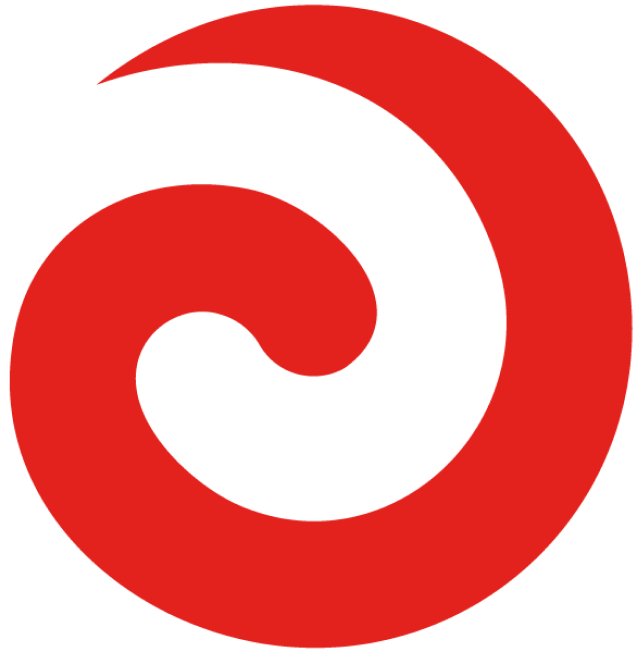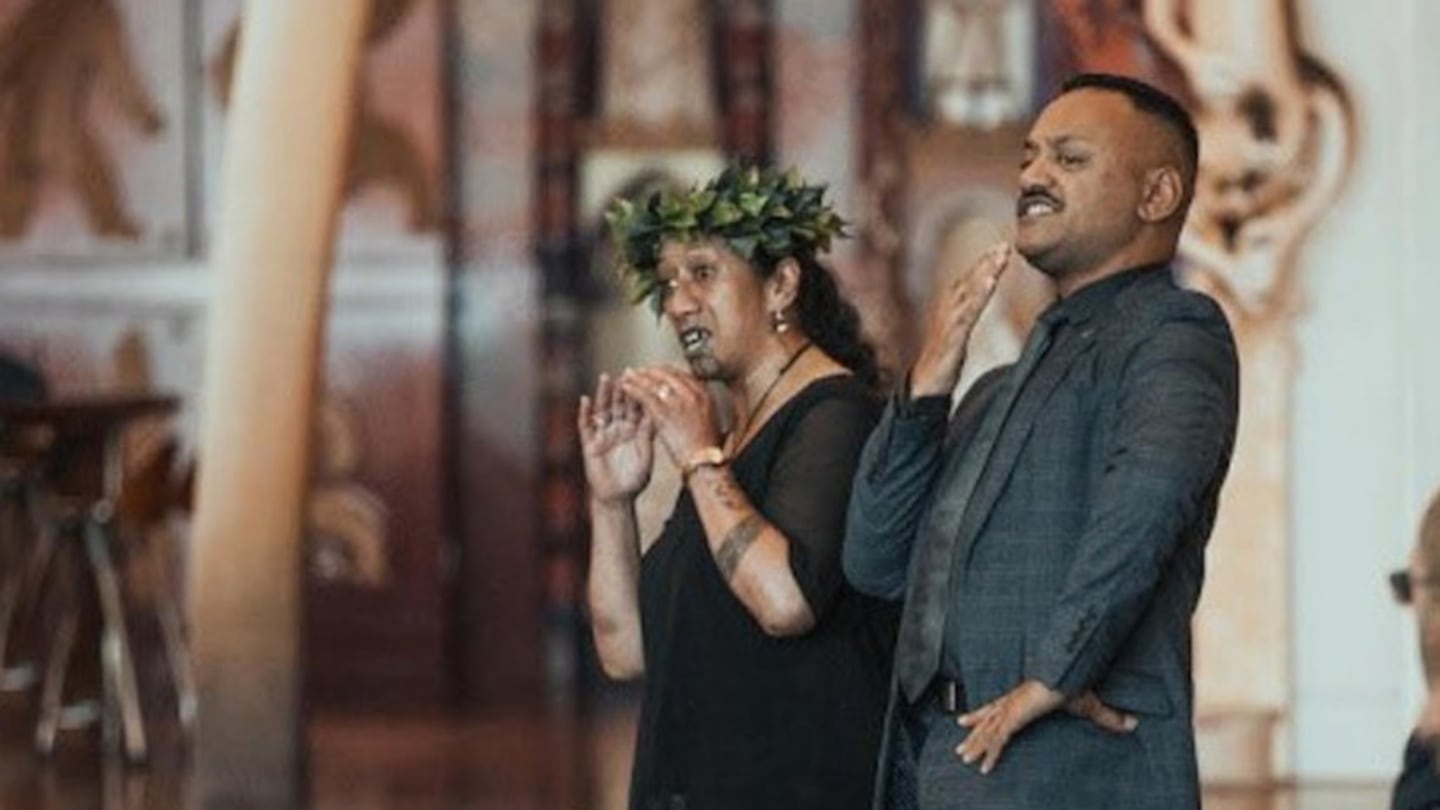Te Papa staff members Lisa Osborne and Te Arikirangi Mamaku pay their respects to the toi moko resting in Te Papa’s marae / Source: Te Papa
Four toi moko, Māori ancestral heads, have been welcomed today in a solemn ceremony on Te Papa’s marae, after returning to Aotearoa from Germany.
The tūpuna (ancestors) began their journey home in ceremonies at the Berlin Ethnological Museum on October 12 and Göttingen University on October 16. At 8am today, tearful karanga by local kuia spiritually reunited the four tūpuna with their homeland.
The head of repatriation at Te Papa Te Herekiekie Herewini acknowledged the support of the two German institutions who had returned the tūpuna, and also officials from the state and federal governments of Germany.
"We are thankful to our colleagues in Germany for their efforts to return our ancestors to their homes. Elements of the early history between Māori and Pākehā are challenging, and the trade of toi moko is one of these, he says.
“Through the repatriation process we are offered pathways to meaningful reconciliation and restitution not only for Māori but also for the nation."
The toi moko were carried on to the marae by Herewini, the German ambassador to New Zealand, Stefan Krawielicki, the German deputy head of mission, Dr Michael Feiner, and Te Papa repatriation coordinator Te Arikirangi Mamaku.
Once they were placed on the marae, fine-feathered cloaks were draped over the travelling cases containing the tūpuna. Karakia (prayers) were said and the waiata Te Hokinga Mai (The return home) was sung. Leaves of the kawakawa plant were worn as a sign of mourning.
Krawielicki said it was an honour to participate in the pōwhiri.
“It was a great honour and privilege for me, and very moving, to be able today to share the emotion and feelings during the pōwhiri. I now start to understand the importance of the return of the four toi moko to their homeland, Aotearoa New Zealand,” Krawielicki said.
He said it was only since arriving in New Zealand that he had learned about the toi moko taken from here to Germany.
“This injustice should never have happened. I am glad that the ancestors are now back home where they belong. It was the right thing to do. Their very long, wrong journey has finally come to an end in Aotearoa New Zealand."
About the trade
According to Te Papa research, most toi moko left Aotearoa New Zealand between 1770 and 1840. They became highly desirable items as curiosities for visiting explorers, traders, whalers and sealers from Europe, Australia and the Americas. This was due to their unique exotic nature, combining the process of mummification with the high art form of tā moko (Māori tattoo adornment), which was chiselled into the skin.
During that period, the heads of rangatira (chiefs) and warriors who had died in battle would be taken by the victors, mummified and traded. Increasingly through the period enslaved people also became the victims of this trade. This is considered a dark period in the history of Aotearoa.
The University of Göttingen's Michael Kraus said the university had no information on how the two toi moko got from New Zealand to Europe.
"However, out of respect for the Māori people, especially with regard to the close relationship between the Māori, their ancestors and their territory, we gladly support the return of the two toi moko."
Te Papa’s co-leaders, chief executive Courtney Johnston and kaihautū Dr Arapata Hakiwai, were present at the private ceremony, along with Te Papa staff and representatives of local iwi.
The iwi connections of the four toi moko arenot known. They will rest in Te Papa’s wāhi tapu (sacred repository) while additional research seeks to identify their place of origin.
The Karanga Aotearoa Repatriation Programme has repatriated more than 600 Māori and Moriori ancestral remains since its founding in 2003. Research to date indicates there area further 600 Māori and Moriori ancestors still to return home from overseas institutions.



